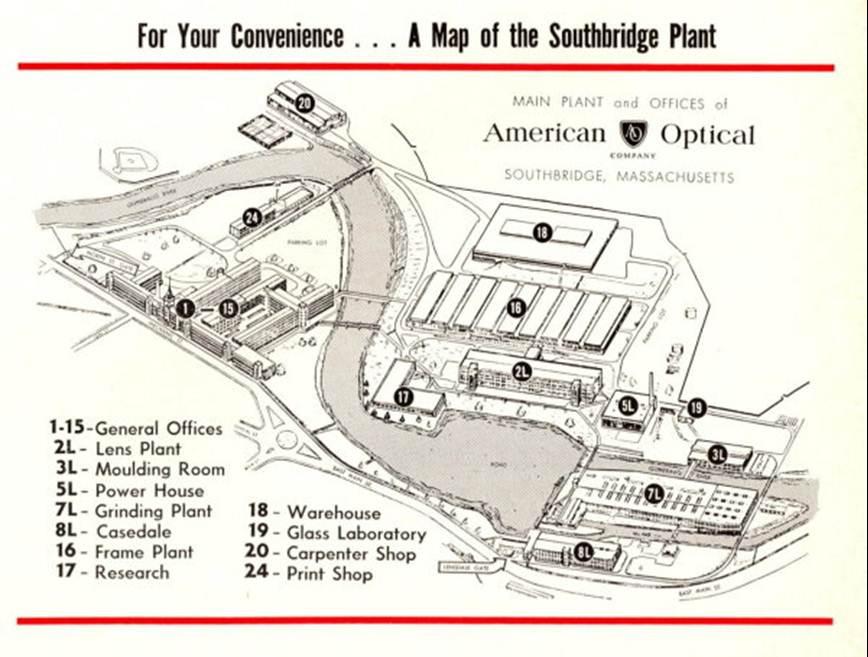Milestone-Nomination:First Optical Fiber Laser and Amplifier
Docket Number: 2012-01
Proposal Link: https://ethw.org/Milestone-Proposal:First_Optical_Fiber_Laser_and_Amplifier
In the space below the line, please enter your proposed citation in English, with title and text. Text absolutely limited to 70 words; 60 is preferable for aesthetic reasons. NOTE: The IEEE History Committee shall have final determination on the wording of the citation
The First Optical Fiber Laser and Amplifier, 1961-1964
In 1961, Elias Snitzer and colleagues constructed and operated the world's first optical fiber laser in the former AO complex at 14 Mechanic Street, Southbridge MA. Three years later they demonstrated the first optical fiber amplifier. Fiber lasers that can cut and weld steel have since become powerful industrial tools and fiber amplifiers now routinely boost signals in the global optical fiber network allowing messages to cross oceans and continents without interruption.
Please also include references and full citations, and include supporting material in an electronic format (GIF, JPEG, PNG, PDF, DOC) which can be made available on the IEEE History Center’s Web site to historians, scholars, students, and interested members of the public. All supporting materials must be in English, or if not in English, accompanied by an English translation. If you are including images or photographs as part of the supporting material, it is necessary that you list the copyright owner.
In the space below the line, please describe the historic significance of this work: its importance to the evolution of electrical and computer engineering and science and its importance to regional/national/international development.
Elias Snitzer and colleagues developed the first working optical fiber laser and amplifier between 1961 and 1964 at the old American Optical plant in Southbridge MA. Historical images of the plant from that period are shown below.

E. Snitzer, "Optial MASER Action of Nd+3 in a barium Crown Glass," Physical Review Letters, Volume 7, Number 12, pp. 444-446, December 15, 1961.
Charles J. Koester and Elias Snitzer, "Amplification in a Fiber Laser," Applied Optics, Volume 3, Number 10, pp. 1182-1186, October, 1964.
The advent of optical fiber amplifiers was vital in building the high-speed backbone of the global telecommunications network, which carries our words, pictures and data around the planet. More recently, fiber lasers have become powerful tools in manufacturing, generating multikilowatt beams that can cut and weld materials from plastics to metals.
What features or characteristics set this work apart from similar achievements?
Other early solid-state lasers, such as the ruby laser demonstrated by Theodore Maiman in 1960, another IEEE Milestone, were made of bulk materials. The fiber laser uniquely transmitted the light it generated along a light-guiding core, concentrating its energy in a small area inside the glass, and making it easy to transfer light from a fiber laser into a passive optical fiber for transmission. This became important when fiber-optic communications emerged in the 1970s, because optical signals needed to be amplified after passing through tens of kilometers of glass. Initially that required converting the signals into electronic form for amplification, but building upon Snitzer's work, David Payne and others developed optical fiber amplifiers that could directly boost signal strength across a wide range of wavelengths, allowing high-speed transmission across continents and under oceans. That technology is today the backbone of the global telecommunication technology. Fiber lasers also have proved exceptionally well suited for efficiently generating high-quality beams with powers reaching many kilowatts in strength, greatly expanding the applications of lasers in cutting, welding and other machining of materials.
Please attach a letter in English, or with English translation, from the site owner giving permission to place IEEE milestone plaque on the property.
The letter is necessary in order to process your nomination form. Click the Attachments tab to upload your letter.
Milestone Proposal references.doc
Phys. Rev. Lett. - 1st fiber laser 1961.pdf
Media:Appl._Opt._-_1st_fiber_amplifier_1964.pdf
Media:Innis_on_fiber_laser.pdf
